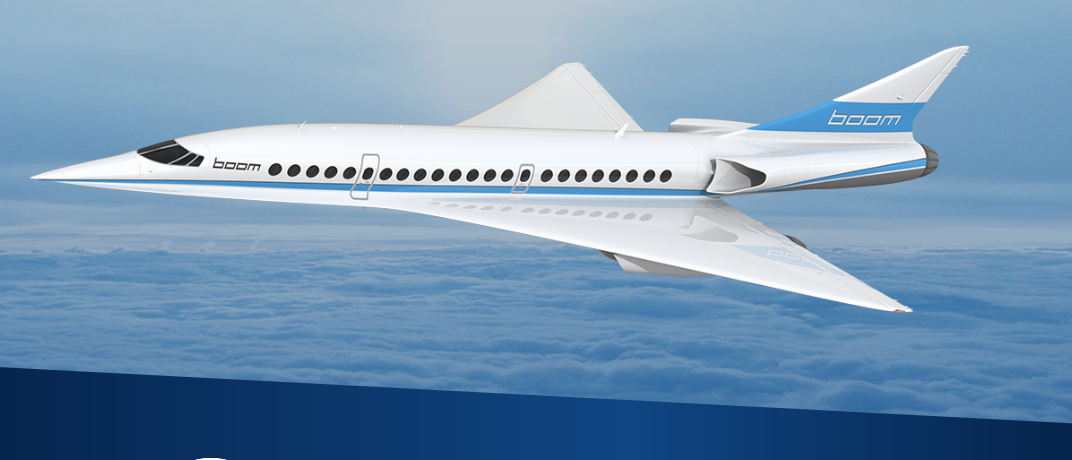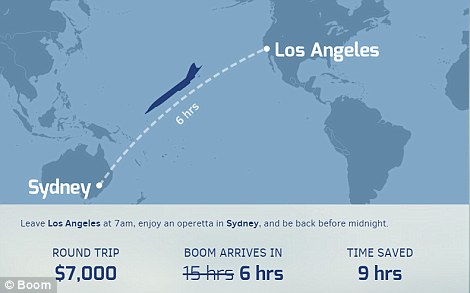The only thing stopping humans from traveling great distances in a short duration -- Houston to London in 3.5 hours, for instance -- is the sonic boom. This shockwave is caused when an object reaches the speed of sound. It's quite alarming to those on the ground. It sounds like a blast of thunder -- seemingly at random. It can crack glass and split plaster. So, it was decided that no supersonic flight is allowed over land.


After the famous Concorde took its last flight in 2003 due to safety concerns with a crash, commercial supersonic aviation was grounded and has not been reintroduced since. (This is due mainly to the economics of it all, but after a quarter century of faster-than-sound flight, we've been transported back to the mid 1970s -- before the Concorde.) Until now!A new aeronautics company called, "Boom", will introduce a design closely resembling the famed (and beautiful) Concorde on November 15th, 2016. This will bring humanity back to commercial Mach flight. Concorde cruised at two times the speed of sound -- Mach 2. Boom promises Mach 2.2! This is a big deal.

While Boom will fly at around 1,450 mph, it will still be subject to the limits of supersonic flight over land. There has been no mention of a design innovation which solves the sonic boom problem so I can only conclude that the jet will fly fast over oceans, but slow over land. Therefore NY to LA would still take 5 hours.

Much research is being conducted into muffling the sonic boom, in hopes to allow supersonic flight over the continent. NASA is working hard to develop, "tomorrow's supersonic passenger aircraft". Their goal is to reduce the infamous sonic boom to a nearly imperceptible and non-annoying, 'thump', like that of a distant catcher's mitt receiving a fast ball.Current subsonic passenger jets do make the world a smaller place, but until we can confidently fly supersonic over land, the introduction of this jet will not 'revolutionize' air travel. It will bring us back to 1976-era jet travel, when Concorde was first flown commercially. This plane looks neat and will make transoceanic flight twice as fast (which is still really cool!) but unless it also solves the sonic boom problem, we might as well watch Happy Days re-runs as our in flight entertainment. I'm personally not going to be excited until we can fly faster-than-sound over land. I am happy there are teams actively trying to get us there. Boom is a first step. Kudos!For more on this plane, see Boom's website.If you like what you read, please like my Facebook page and follow me on Twitter.



